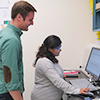 
This fall semester, Cornell High Energy Synchrotron Source (CHESS) furthered its educational goals through student-to-student outreach... more »
|
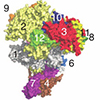 
RNA polymerase (RNAP) assembles an RNA strand corresponding to the DNA sequence of a gene, in a precisely choreographed series of molecular motions. To understand this critical cellular process, biologists are studying the fine details of the structural changes involved... more »
|
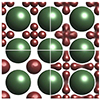 
Imagine an octahedron inside a cube and then let's put spheres on the corner of the cube. Now the octahedron is well enclosed inside the cube and also well-separated from octahedra in adjacent cubic unit cells... more »
|
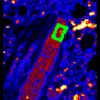 
A recent collaboration with geologist Alaura Singleton, from Dr. Gordon Osinski's research group at Western University in London Ontario (Canada), and CHESS scientists Matthew Ward... more »
|
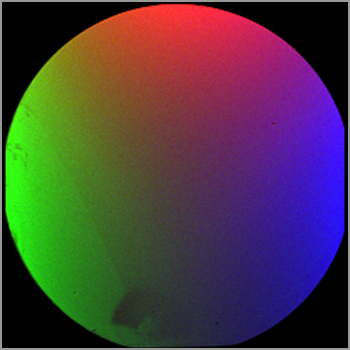 
User science with the Maia detector began in earnest in October, in conjunction with a 48-hour workshop on Maia and GeoPIXE... more »
|
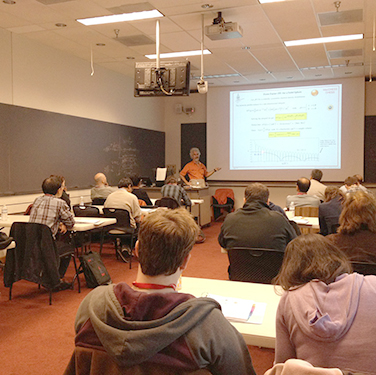 
The Macromolecular Diffraction Facility at the Cornell High Energy Synchrotron Source (MacCHESS) held its fifth annual BioSAXS Essentials workshop on October 30 to November 1, 2014. The workshop convened six speakers, all expert practitioners in various topics related to BioSAXS... more »
|
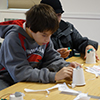 
On the morning of Nov 20th, a group of 17 middle school students and 2 teachers from the Onondaga Nation participated in a series of activities facilitated by the Xraise staff... more »
|








